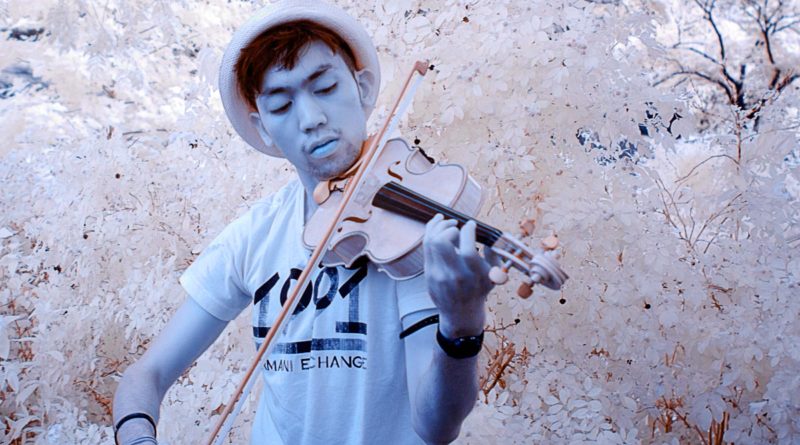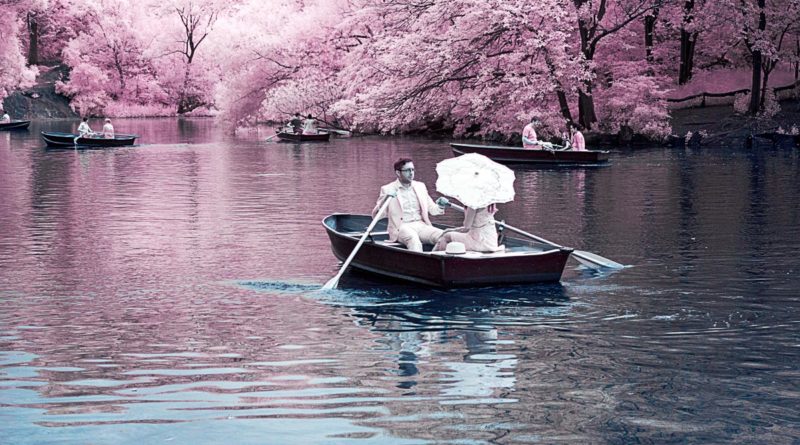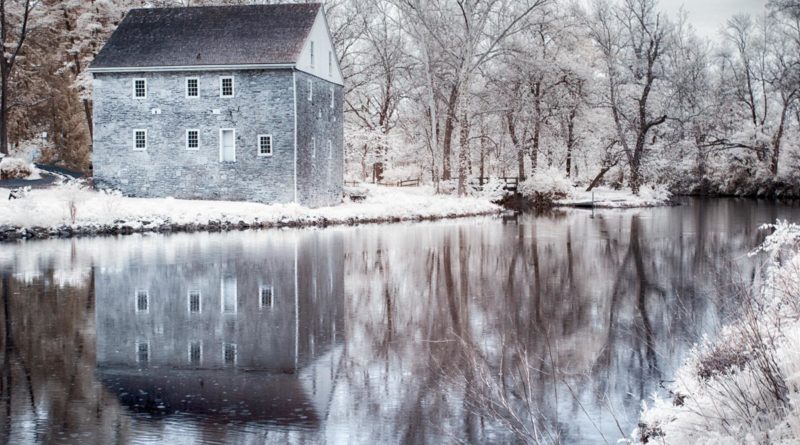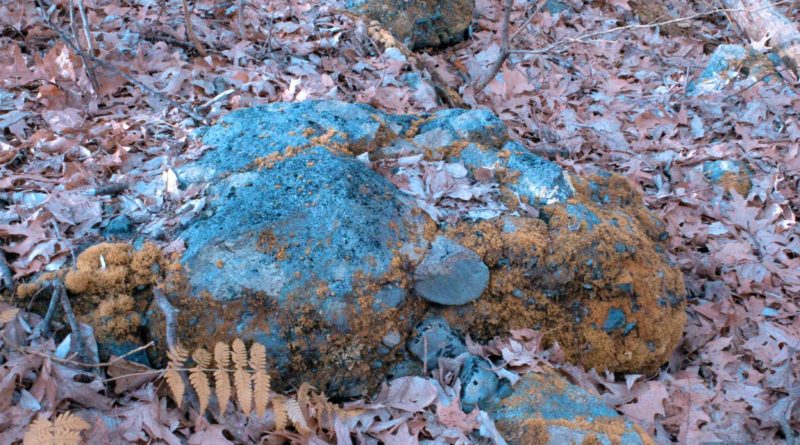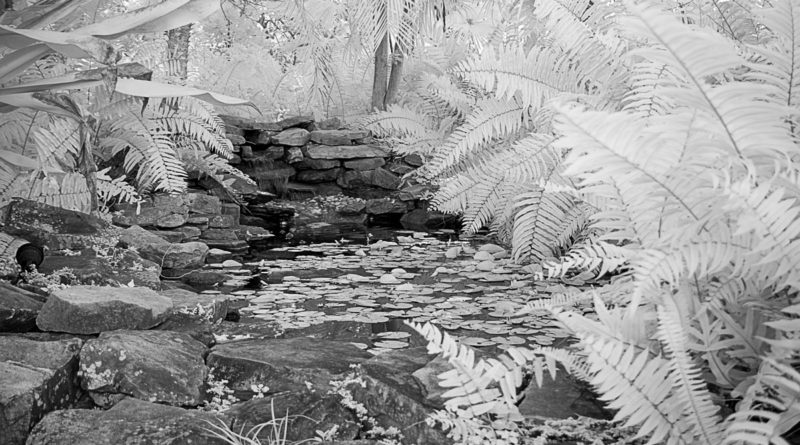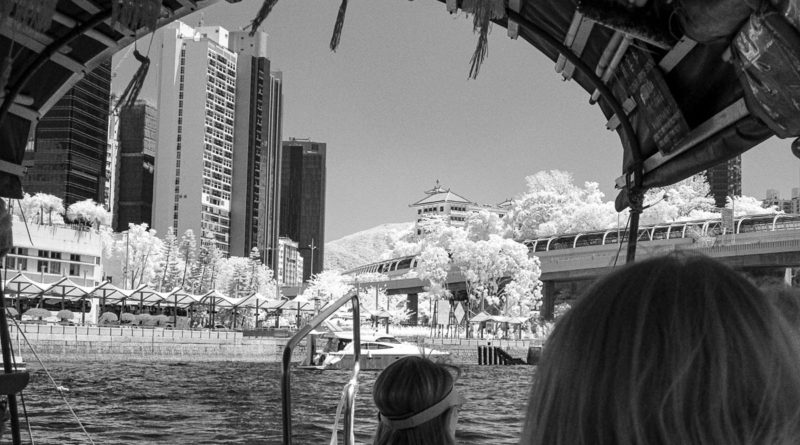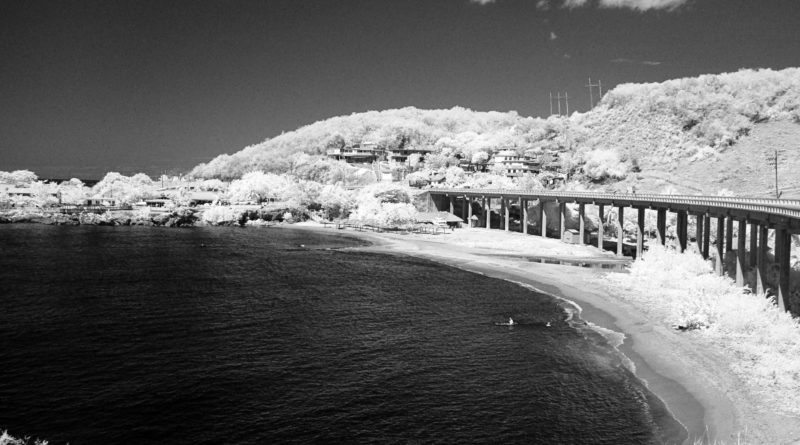No. 19. The Infrared Show, Part II
Photos in a Different Spectrum
Dreamy and Surreal
Infrared photography emerged parallel to experimentation with new music forms and mind-altering substances in the late 1960s. Jimi Hendrix, Donovan, Frank Zappa and the Grateful Dead all issued albums featuring infrared cover art. Infrared radiation is not visible to the human eye. That part of the spectrum is quite a bit wider than the visible band. Reflected infrared in the portion of the spectrum closest to what we can see produces dreamy, surreal images when captured with a specially modified camera. Leafy vegetation reflects about 80 percent of the IR from sunlight, thus giving the appearance of being nearly white—sometimes appearing fluffy at others highly detailed. Flowers and clouds reflect nearly 100 percent of the IR as protection from the heat of sunlight. On the other hand, rocks or a blue sky can absorb a great deal of IR, thus sometimes appearing black.
Color as we know it is part of the visible spectrum. No color exists in the infrared. False Color schemes can be developed by massaging color vestiges recorded by digital sensors. Most of my images are recorded using a camera modified to block wavelengths above 720nm (nanometers). A few were captured on a “full-spectrum camera” outfitted with a 590nm (supercolor IR filter.)
Infrared was only discovered in 1800 by astronomer William Herschel. The first photographs were captured by American physicist Robert W. Wood in 1910. Specialized night-vision and heat-sensing IR applications are only available to deep-pocketed military, police, and research institutions.
Photos can be purchased through the Art Plus Gallery online store

